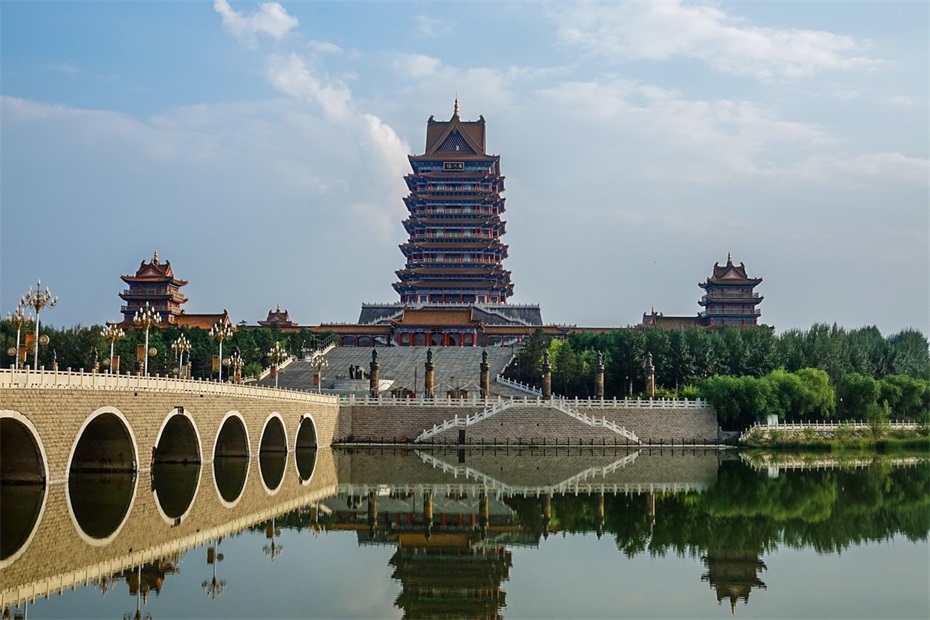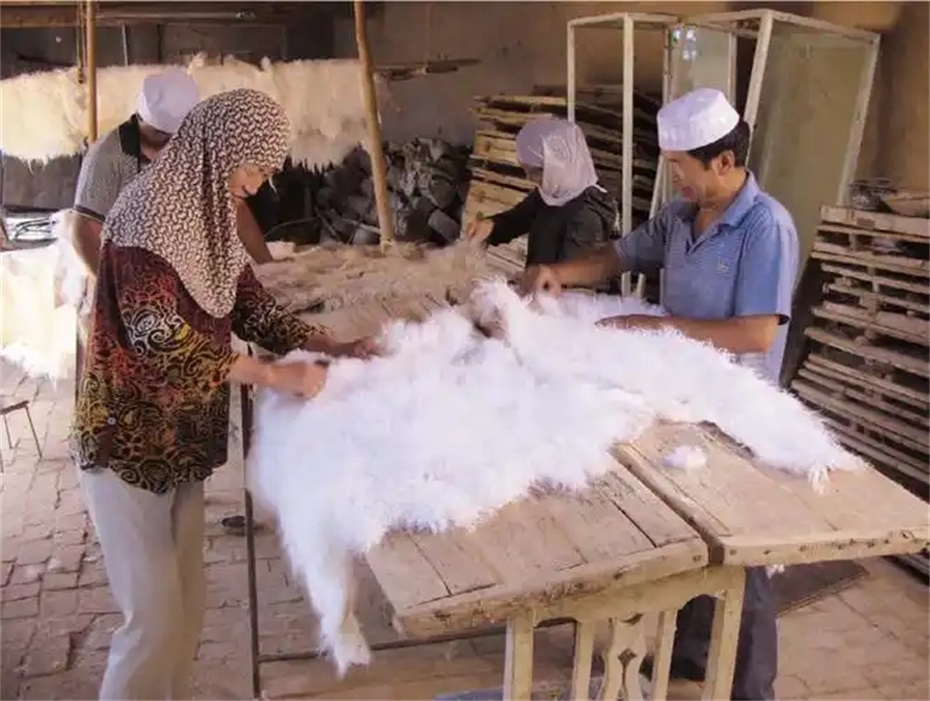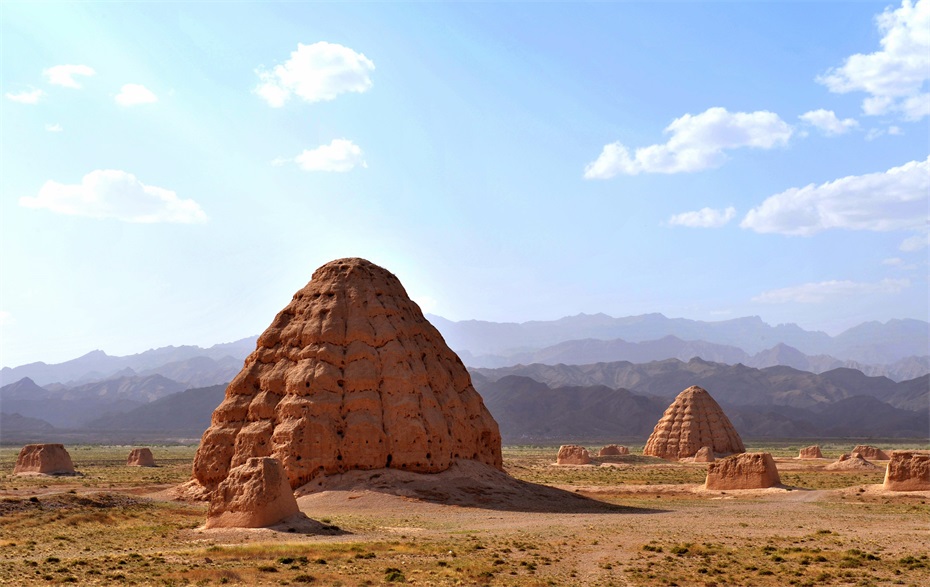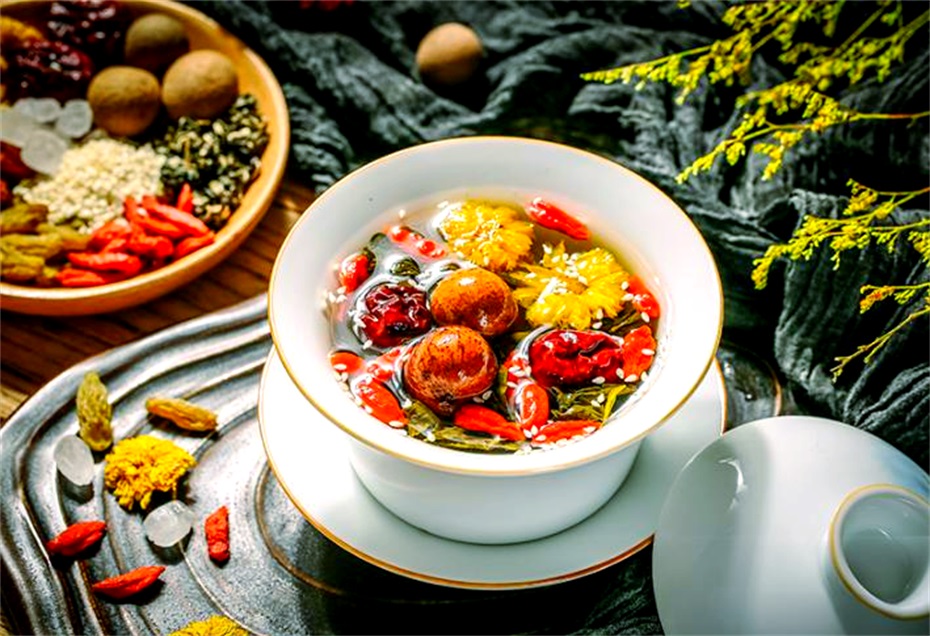Ningxia
Overview of Ningxia Hui Autonomous Region

Ningxia Hui Autonomous Region, abbreviated as "Ning", is located in the northwest of China, upstream of the Yellow River, and is the smallest provincial-level administrative region in China. The total area of the district is 66400 square kilometers, with 5 prefecture level cities under its jurisdiction, and a permanent population of 7.28 million people (2022 data), of which the Hui population accounts for 36.6%. In 2022, the gross domestic product of the entire region will reach 506.9 billion yuan, making it an important energy and chemical base, characteristic agricultural product base, and national unity and progress demonstration zone in China.
Ningxia currently governs five prefecture level cities: Yinchuan (capital), Shizuishan, Wuzhong, Guyuan, and Zhongwei. As the only provincial-level Hui Autonomous Region in China, Ningxia is known as the "Jiangnan on the Great Wall" and the "Hometown of Chinese Goji Berry". It is also a leading area for ecological protection and high-quality development in the Yellow River Basin.
2¡¢ Geographical features
1. Location characteristics
Ningxia is located between 35 ¡ã 14 ¡ä and 39 ¡ã 23 ¡ä north latitude and 104 ¡ã 17 ¡ä and 107 ¡ã 39 ¡ä east longitude. It borders Shaanxi to the east, Inner Mongolia to the west and north, and Gansu to the south. The entire region is located at the central position of the Chinese section of the New Eurasian Continental Bridge, which is an important passage connecting North China and Northwest China, and also an important window for China to open up to Arab countries.
2. Terrain and landforms
The terrain of the entire area is high in the south and low in the north:
North: Ningxia Plain (Yellow River alluvial plain)
Central region: Lingyan Plateau
Southern region: Loess Plateau and Liupan Mountains
The highest peak: Aobaogede in Helan Mountain (altitude 3556 meters)
3. Water system distribution
The Yellow River system: flowing 397 kilometers through Ningxia
Yellow River tributaries such as Qingshui River and Kushui River
Lakes: Sand Lake, Yuehai Lake, etc
4. Climate characteristics
Belonging to temperate continental climate:
Annual average temperature: 5-9 ¡æ
Annual precipitation: 150-600 millimeters
Significant features: drought with little rainfall, sufficient sunshine, large temperature difference between day and night
3¡¢ Historical context
1. Origin of Civilization
Paleolithic Age: Shuidonggou Site (30000 years ago)
Neolithic Age: Vegetable Garden Culture Site
Pre Qin period: activity areas of nomadic ethnic groups such as the Xiongnu and Qiang
2. Organizational history
Qin Dynasty: Establishment of Beidi Commandery
Western Xia period: The Dangxiang ethnic group established the Western Xia Dynasty (1038)
Yuan Dynasty: Ningxia Road was established
Qing Dynasty: Ningxia Prefecture Establishment
1958: Ningxia Hui Autonomous Region was established
3. Ethnic integration
Hui ethnic group: Large scale settlement began in the Yuan Dynasty
Han ethnicity: immigrants and settlers throughout history
Other ethnic minorities: Manchu, Mongolian, etc
4¡¢ Cultural Essence
1. Multicultural characteristics
Western Xia Culture: Mysterious Disappearance of Dynasty Relics
Hui Culture: Integration of Islamic Civilization and Traditional Chinese Culture
Yellow River Culture: Agricultural Civilization and Irrigation Wisdom
Border culture: Great Wall ruins and military fortresses
2. Intangible Cultural Heritage

Folk Art: Helan Inkstone Carving, Mud Wawu
Traditional skills: Traditional cultivation of goji berries, production of two coats of fur
Folk culture: Eid al Fitr, Eid al Adha
3. Dialect characteristics
Lanyin Mandarin: Northern Region
Central Plains Mandarin: Southern Region
Hui Jingtang language: religious terminology
Other minority languages
5¡¢ Tourist destinations
1. Important historical sites

Shuidonggou Site (the earliest excavated Paleolithic site in China)
Helan Mountain Rock Painting
Ming Great Wall Site
2. 5A level scenic spot
Shahu Tourist Scenic Area
Shapotou Tourist Scenic Area
Zhenbeibao West Cinema
Shuidonggou Tourist Area
3. Featured tourism
Desert adventure: Tengger Desert
Yellow River Cultural Tour: Qingtongxia Yellow River Grand Canyon
Red Study Tour: Liupanshan Red Army Long March Memorial Hall
Winery Tour: Wine Production Area on the Eastern Foothills of Helan Mountain
6¡¢ Food map
1. Ningxia's specialty cuisine
Hand grabbed lamb meat
Stewed Lamb
Lamb braised noodles
Braised lamb offal
2. Featured snacks

Rubbing lamb noodles
Sanzi
fried dough cake
eight treasure tea
3. Specialty drinks
Ningxia Goji Berry
Wine from the eastern foothills of Helan Mountain
eight treasure tea
Zhang Widow Huangjiu
7¡¢ Development Status
1. Industrial system
Modern Agriculture: Goji Berry, Wine, and Dairy Industry
Energy and Chemical Industry: Ningdong Energy and Chemical Industry Base
Cultural Tourism: Comprehensive Tourism Demonstration Zone
New materials: photovoltaic materials, rare metals
2. Transportation network
Aviation: Yinchuan Hedong International Airport
Railway: Baolan Railway, Yinxi High speed Railway
Highway: Over 2000 kilometers of highways have been opened to traffic
Rural roads: 100% connectivity rate in established villages
3. Open platform
China Arab States Expo
Ningxia Inland Open Economic Pilot Zone
Cross border E-commerce Comprehensive Pilot Zone
International Wine Expo
From the rock paintings of Helan Mountain to the golden banks of the Yellow River, from the Western Xia royal tombs to grape wine, this "Jiangnan on the Great Wall" is writing a brilliant chapter in the development of Ningxia in the new era with the spirit of "no hero without the Great Wall". Here, there is both the grandeur of the "vast desert with solitary smoke" and the prosperity of the "land of fish and rice", becoming a shining pearl in western China.
simliy
